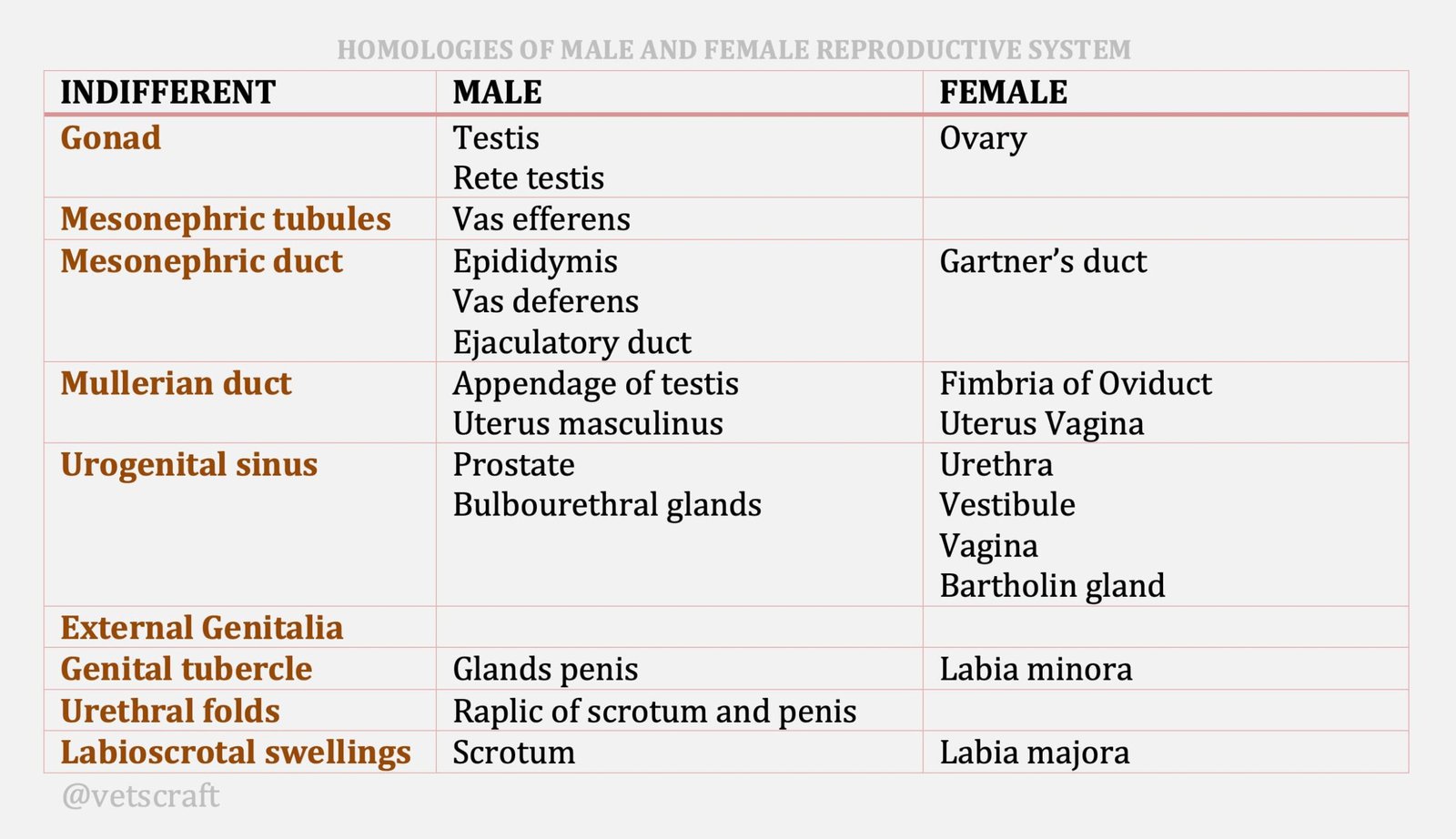TABLE OF CONTENTS
Placental Hormones in Reproduction
Placental hormones are important in reproduction for maintaining pregnancy, supporting fetal development, and preparing the maternal body for parturition and lactation.
Placental hormones in reproduction are:
- Pregnant mare serum gonadotrophin (PMSG)
- Human Chorionic Gonadotrophin (HCG)
- Placental lactogen (PL)
- Pregnancy specific protein B (PSPB)

Pregnant Mare Serum Gonadotrophin (PMSG)
Pregnant mare serum gonadotrophin (PMSG) is a glycoprotein similar to FSH and LH and has high carbohydrate content especially the italic acid. Responsible for longer half life of several days. Hence a single injection of PMSG has biologic effects that lasts for more than 7 days.
PMSG is secreted by the endometrial cups of the pregnant mare. These endometrial cups formed by specialized drophoblastic cells of foetal origin that invade the maternal endometrium. The endometrial cups are formed by day 40 of gestation and persist till day 85 of pregnancy. It has both FSH and LH like activity by FSH activity is more predominant. The secretion of PMSG stimulates development of ovarian follicles. Some follicles ovulate but most of them undergo lutenisation which is due to the LH like action of PMSG. These accessory corpora lutea secretes progesterone which is important for maintenance of pregnancy in mare. PMSG can be isolated from the blood of pregnant mare and is not found in the urine.
Clinical Uses of PMSG
- Superovulation and anestrum
- High sialic acid content increases the circulating half life of PMSG thereby making it more cost effective than FSH.
Human Chorionic Gonadotrophin (HCG)
Human chorionic gonadotrophin is a glycoprotein with a molecular weight of 40,000 daltons. Synthesized by the syncytiotrophoblastic cells of the placenta of primates. It is found both in blood and urine. It can be detected as early as 8 days after conception in the urine by sensitive radioimmunoassay. It has both FSH and LH like activity but LH activity dominates.
Clinical uses of hCG
- Used in the treatment of Cystic ovaries.
- Used to induce ovulation (in cases of delayed ovulation).
- Since it appears early in human pregnancy basis of human pregnancy.
Placental Lactogen (PL)
Placental lactogen (PL) is a protein with chemical properties similar to growth hormone and prolactin. The molecular weight is 22,000 to 23,000 daltons. In ovines PL levels are low during first to trimester by rises rapidly during last trimester of pregnancy. Hence it can be isolated from placental tissue but cannot be detected in serum until last trimester of pregnancy. PL is more important for its growth hormone like property than its prolactin property.
Functions of PL
- Important regulator of maternal nutrients to the growing foetus. More during the last trimester where foetal growth is rapid.
- Plays a role in milk production levels are high in dairy cows than in beef cows.
Pregnancy Specific Protein B (PSPB)
Pregnancy Specific Protein B (PSPB) is isolated from the bovine placenta. A sensitive radioimmunoassay developed by Sasser, et al., (1986) can identify this protein in the blood as early as day 2 after conception. The same assay could be used to detect a similar substance in sheep but not in pigs or horses.
Functions of PSPB
- Involved in sending message from the placenta of cow and ewe preventing destruction of the corpus luteum spurium.
- First reliable hormonal pregnancy test for cattle.

